Crafting Your Perfect Weight Loss Plan: Tips and Strategies
The body content of your post goes here. To edit this text, click on it and delete this default text and start typing your own or paste your own from a different source.
Embarking on a weight loss journey can feel overwhelming, but with the right personalized plan, success is within reach. Key elements include balanced nutrition, regular physical activity, and mindful habits.
This blog offers essential tips and strategies to help you craft an effective weight loss plan, from understanding nutritional needs and setting realistic milestones to integrating enjoyable workouts and maintaining motivation. Whether you're just starting or refining your approach, these insights will equip you for a healthier, more fulfilling journey.
Understanding Your Nutritional Needs for a Successful Weight Loss Plan
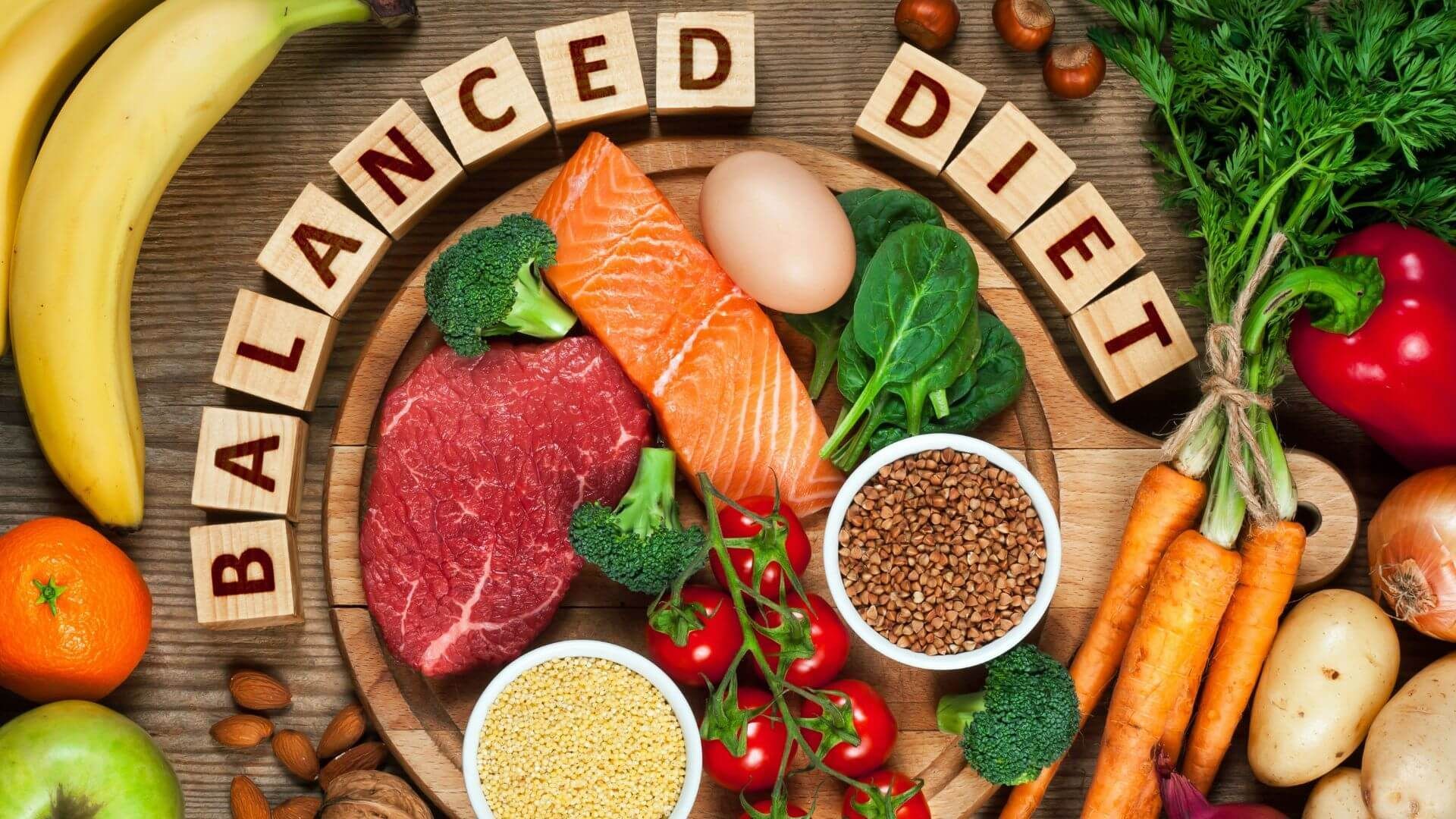
The Importance of a Balanced Diet
To effectively lose weight and maintain long-term success, it's crucial to build a balanced diet that includes a variety of healthy foods. Integrating fruits, vegetables, lean proteins, whole grains, and healthy fats into your meals ensures you receive a broad spectrum of essential nutrients. This diverse diet also helps manage blood sugar levels and reduce the risk of chronic diseases such as heart disease.
Healthy Fats: Friend, Not Foe
Contrary to the belief that all fats are harmful, consuming healthy fats is essential for a sustainable weight loss journey. Incorporate sources of healthy fats such as avocados, nuts, and olive oil into your diet to keep you satiated and provide your body with vital fatty acids. These fats also support heart health and improve nutrient absorption.
The Power of Whole Grains
Whole grains, like brown rice, quinoa, and oatmeal, are a cornerstone of a healthy diet. They are rich in fiber, which aids digestion and helps you feel fuller for longer, reducing overall food intake. Whole grains also have a lower glycemic index compared to refined grains, contributing to stable blood sugar levels.
Diet Plans: Mediterranean and DASH Diets

The Mediterranean and DASH (Dietary Approaches to Stop Hypertension) diets are renowned for their heart-healthy benefits and promote sustainable weight loss. These diets emphasize the consumption of whole grains, healthy fats, lean proteins, and a variety of fruits and vegetables. Unlike fad diets, these evidence-based eating patterns offer long-term benefits and are easier to maintain.
Avoiding Fad Diets
While fad diets may promise quick results, they often lead to unsustainable weight loss and can be detrimental to your overall health. These diets usually involve extreme restrictions and can cause nutritional deficiencies. It’s essential to focus on creating a diet plan that promotes gradual, sustainable weight loss and supports your overall well-being.
Crafting Your Personalized Diet Plan
When designing your personalized diet plan, consider your unique nutritional needs, lifestyle, and food preferences. Consulting credible sources like the Mayo Clinic Diet can provide you with a solid foundation for creating a balanced and effective diet plan. Aim to set realistic goals and monitor your food intake to ensure you stay on track.
By understanding your nutritional needs and incorporating these strategies, you will be well-equipped to embark on a successful and fulfilling weight loss journey.
Setting Realistic and Achievable Weight Loss Goals

The Importance of Setting Realistic Goals
Setting realistic and achievable weight loss goals is critical to maintaining long-term success and avoiding the pitfalls of an unsustainable approach. Unrealistic expectations can lead to frustration, potential eating disorders, and the risk of regaining all the lost weight.
How Much Weight Can You Safely Lose?
When considering how much weight to lose, it's essential to aim for a steady weight loss of about 1-2 pounds per week. This rate is considered safe and effective by most health professionals and allows your body to adjust without causing adverse health conditions.
Creating a Healthy Eating Plan
A sustainable and healthy eating plan should include a variety of food groups and emphasize the intake of nutritious foods. Incorporating fruits, vegetables, lean proteins, whole grains, and healthy oils is vital. The Mediterranean diet is an excellent example of a balanced diet that promotes steady weight loss and has numerous health benefits, including improved brain health and lower blood pressure.
Avoiding Unhealthy Foods
While on your weight loss journey, it's important to minimize the consumption of unhealthy foods that are high in sugar, fat, and empty calories. These foods can lead to excess weight gain and undermine your efforts to maintain a lower-calorie diet.
Building Healthy Habits

Adopting healthy habits such as regular physical activity, mindful eating, and consistent meal planning can support your weight loss goals. Establishing a routine that includes these positive behaviors will help you make lasting changes and avoid weight gain in the future.
Monitoring Your Calorie Intake
Paying attention to your calorie intake is crucial for achieving steady weight loss. Using tools like food diaries or mobile apps can help you track your eating habits and ensure you're consuming fewer calories than you expend.
The Role of Low-Calorie Diets
Low-calorie diets can be effective for weight loss when they include a variety of nutritious foods. It's essential to incorporate foods that are high in vitamins and minerals, such as vegetables, lean meats, low-fat dairy products, and healthy oils, to ensure overall health is maintained.
Understanding Nutritional Needs through Animal and Human Studies
Research, including animal and human studies, has shown that certain dietary patterns, like the Mediterranean diet, are effective for weight loss and overall health. These studies highlight the importance of a balanced diet and the role of healthy eating in achieving a healthier life.
Maintaining Weight Loss
After reaching your weight loss goals, focus on maintaining weight loss through continued healthy eating and lifestyle choices. Monitoring your eating habits, engaging in regular physical activity, and gradually reintroducing some foods will help you sustain your healthier weight.
By setting realistic weight loss goals and adhering to these strategies, you can achieve and maintain a healthier lifestyle.
Integrating Balanced Nutrition into Your Weight Loss Journey
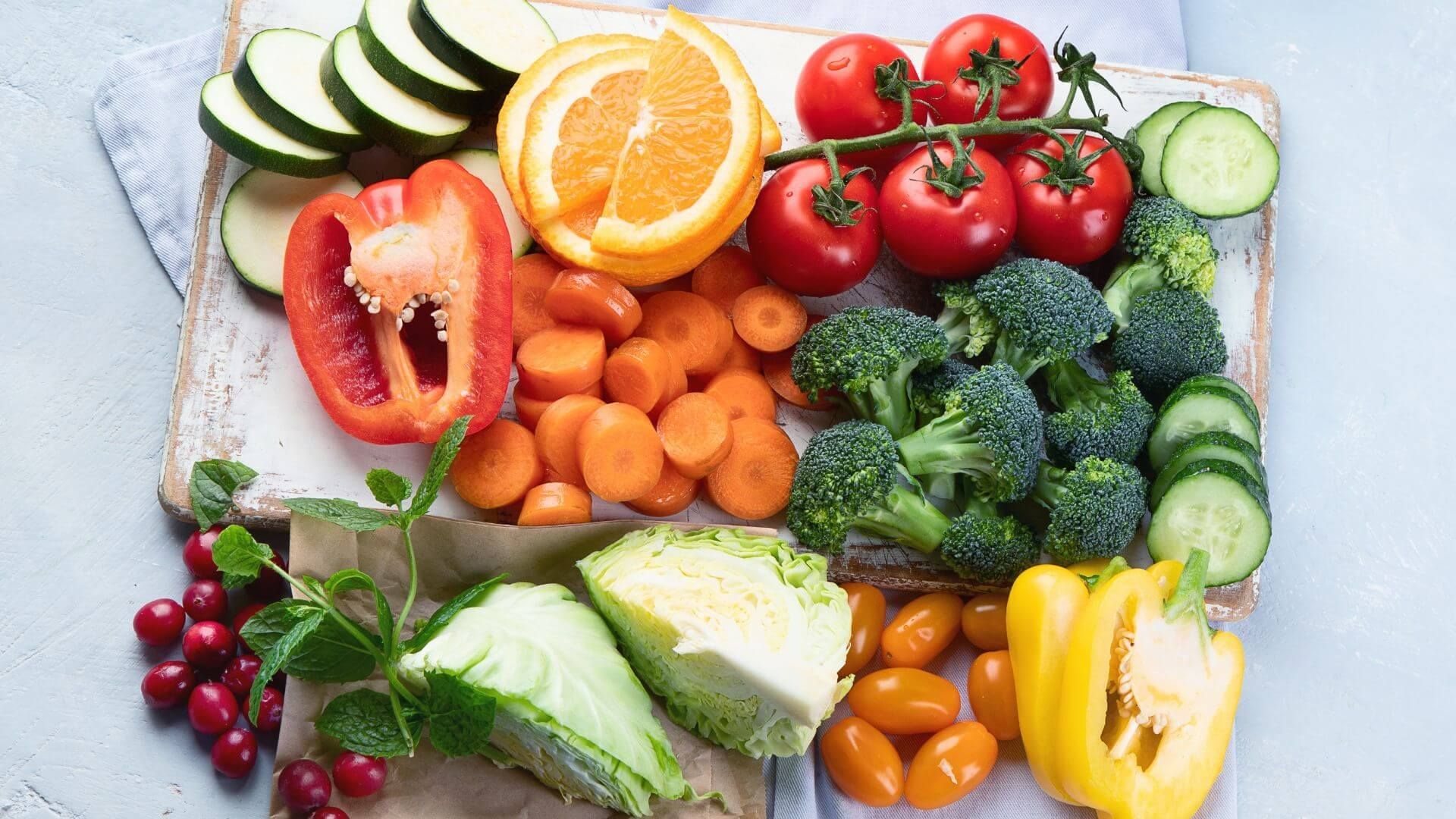
Creating a Healthy Eating Style
Adopting a healthy eating style is fundamental to achieving long-term weight loss and optimal health. Focus on incorporating a variety of nutrient-dense foods into your diet while maintaining balance and moderation. A systematic review suggests that diets rich in fruits, vegetables, lean proteins, whole grains, and healthy fats, such as Mediterranean or plant-based diets, can positively impact weight loss and overall well-being.
Importance of Protein in Your Diet
To support muscle maintenance and curb hunger during weight loss, it's crucial to eat protein-rich foods. Incorporate sources like lean meats, Greek yogurt, and legumes into your meals. High-protein diets, when paired with regular exercise, can aid in maintaining muscle mass and keeping you satiated longer.
Avoid Saturated Fats
For a healthy lifestyle, limit the intake of saturated fats, as they can increase the risk of heart disease and high blood pressure. Opt for healthy fats from sources like avocados, nuts, and olive oil. Balancing your fat intake while focusing on healthy ones ensures that your diet remains heart-friendly.
Exploring Intermittent Fasting
Intermittent fasting can be an effective strategy for weight management. This eating style involves cycling between periods of eating and fasting, which can lead to reduced calorie intake and improved metabolic health. However, it's essential to consult a registered dietitian to ensure that intermittent fasting fits within your personalized weight loss plan.
Planning Your Meals
Creating a strict meal plan helps monitor calorie levels and ensures that you consume balanced, nutritious meals. Plan meals ahead of time, focusing on portion control and the inclusion of all food groups. Incorporating nonfat milk and high-fiber foods can further enhance your meal plans by providing essential nutrients with fewer calories.
Plant-Based Diets
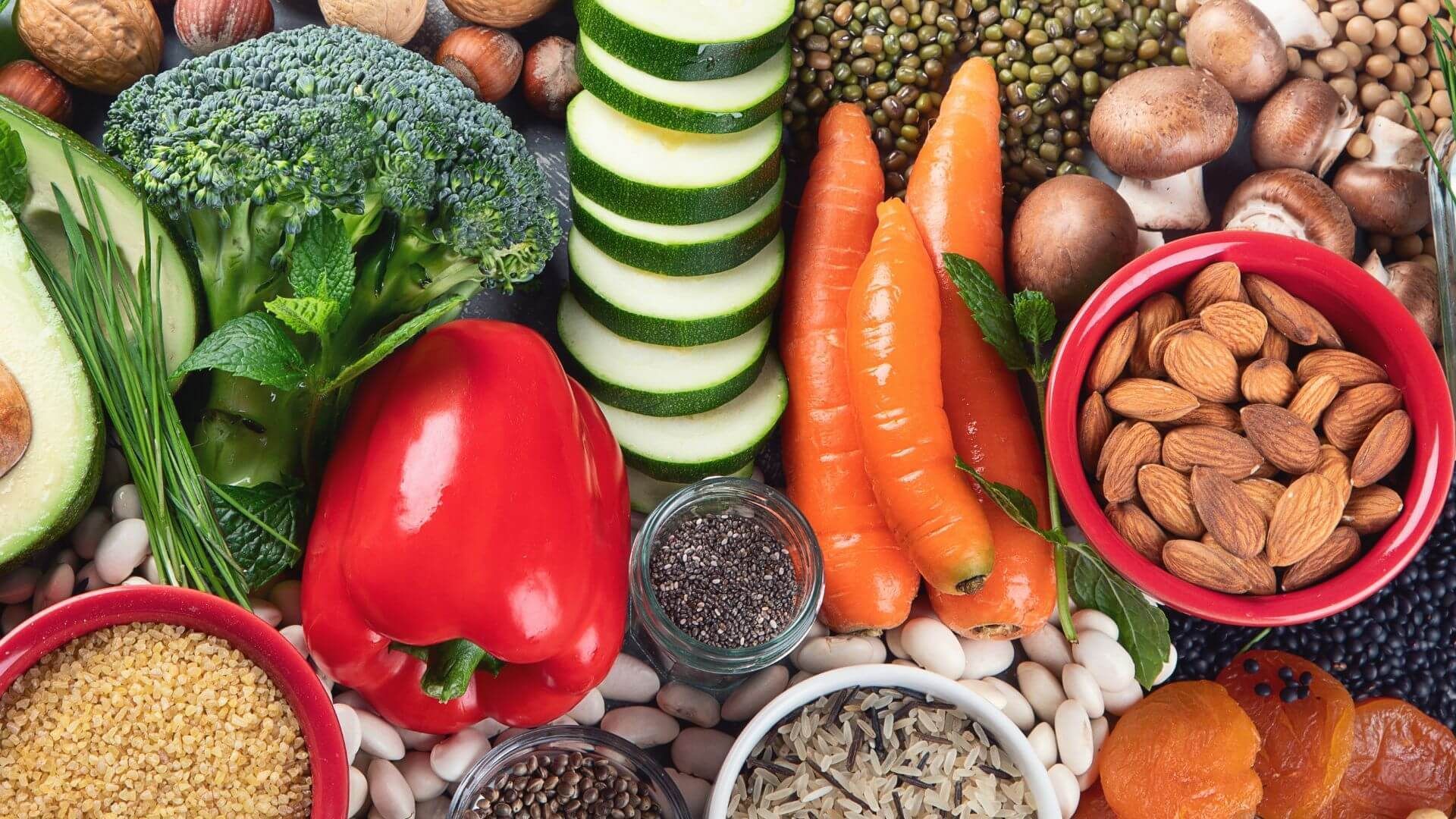
Embracing plant-based diets, which emphasize whole plant foods, is beneficial for long-term weight loss and reducing the risk of cognitive decline and chronic diseases. These diets are typically lower in calories and higher in vitamins, minerals, and fiber, supporting a healthy weight and promoting overall health.
Seeking Professional Guidance
Consulting with a registered dietitian can offer personalized advice and create a tailored weight loss plan that meets your individual needs. Their expertise in nutrition can help you navigate through dietary challenges, set realistic goals, and maintain a balanced diet.
Monitoring Your Progress
To achieve and sustain weight loss, regular monitoring of your dietary habits and progress is essential. Track your calorie intake, adjust your meal plans as needed, and remain flexible in your approach to ensure continued success.
By integrating balanced nutrition and following these strategies, you will be well on your way to achieving a healthier lifestyle and maintaining your weight loss in the long term.
The Role of Healthy Fats in Your Weight Loss Plan
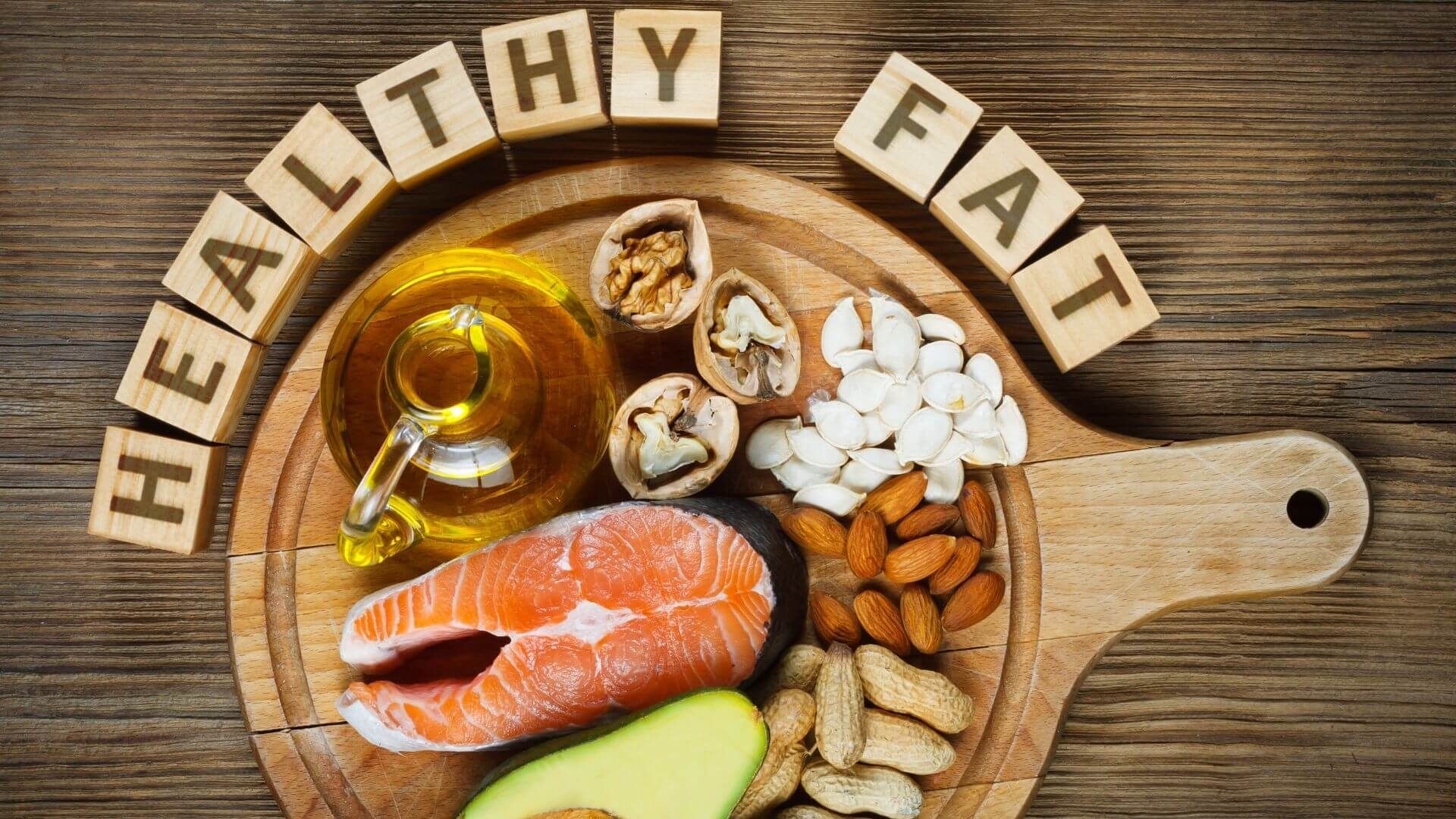
Understanding the role of healthy fats is essential for anyone looking to lose weight sustainably. Incorporating the right types of fat into your diet can not only support your weight loss goals but also contribute to overall health and well-being.
Understanding Healthy Fats
Healthy fats, such as monounsaturated and polyunsaturated fats, are vital for your body's functioning. These fats can be found in foods like avocados, nuts, seeds, and fish. Unlike saturated and trans fats, healthy fats help maintain heart health, reduce inflammation, and support brain function.
Benefits of Healthy Fats for Losing Weight
Including healthy fats in your diet can be a strategic move for losing weight. They offer several benefits:
- Satiety and Reduced Cravings: Healthy fats can make you feel fuller for longer, helping to eliminate constant hunger and unhealthy snacking.
- Energy and Nutrition: Healthy fats provide long-lasting energy and are rich in essential nutrients that support overall health.
Incorporating Healthy Fats into Your Diet
To make healthy fats a part of your weight loss plan, consider adding the following:
- Olive Oil: Use olive oil for cooking or as a salad dressing to reap its heart-healthy benefits.
- Avocados: A versatile fruit that can be added to salads, and smoothies, or eaten on its own.
- Nuts and Seeds: A handful of nuts or seeds can serve as a nutritious snack or a crunchy addition to various dishes.
- Fatty Fish: Include fish like salmon or mackerel in your meals a few times per week to benefit from their high omega-3 content.
Healthy Fats and Lifestyle Changes
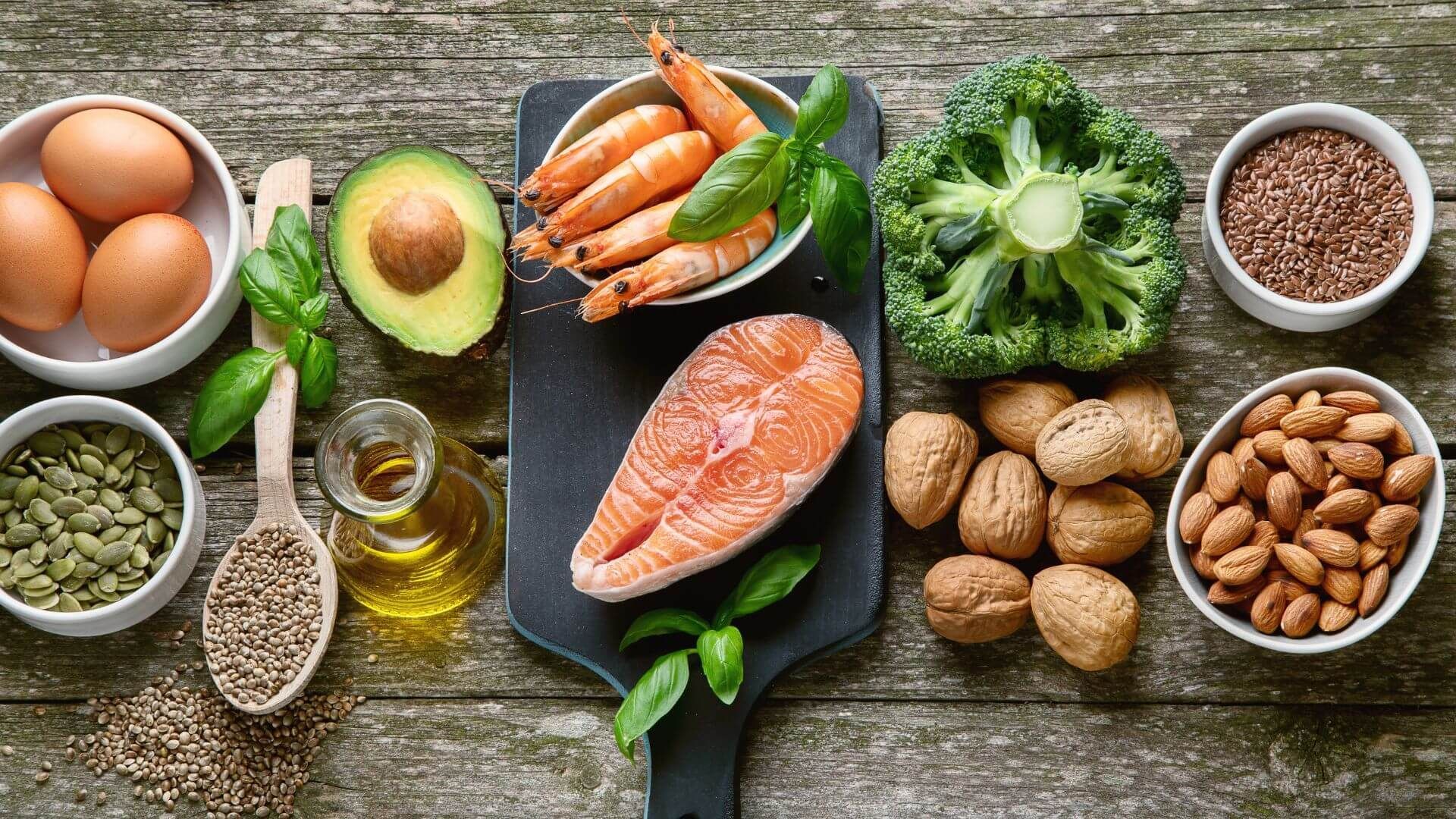
Adopting a diet rich in healthy fats should be part of broader lifestyle changes aimed at weight loss. By combining these dietary adjustments with regular physical activity, mindful eating, and a balanced approach to nutrition, you can see significant improvements in just a few weeks.
The Role of the MIND Diet
A diet that emphasizes healthy fats is the MIND diet, which combines aspects of the Mediterranean and DASH diets. The MIND diet focuses on foods that support brain health, such as leafy greens, nuts, and olive oil, and can aid in losing weight while promoting overall wellness.
Monitoring and Adjusting Your Intake
As with any diet, it's essential to monitor your progress and adjust your intake of healthy fats as necessary. Use food diaries or apps to track your consumption and ensure that these fats are helping you move closer to your weight loss goals.
By understanding the role of healthy fats in your diet and making thoughtful lifestyle changes, you can effectively lose weight and maintain these results over the long term.
Designing a Workout Routine You Enjoy and Can Stick To

Creating a workout routine that is both enjoyable and sustainable is crucial for maintaining long-term fitness goals. A well-planned exercise regimen tailored to your interests and lifestyle can enhance your commitment and yield better results. Here's a step-by-step guide to help you design a workout routine that you will love and stick to.
Identify Your Fitness Goals
The first step in designing a workout routine is to identify your fitness goals. Whether your objective is to lose weight, build muscle, improve cardiovascular health, or enhance flexibility, having clear and measurable goals will guide your workout choices. Write these goals down and revisit them regularly to track your progress.
Choose Activities You Enjoy
It's essential to select activities that you genuinely enjoy. If you love dancing, consider incorporating dance-based classes like Zumba into your routine. If outdoor activities excite you, hiking or cycling might be great options. Enjoyable activities are more likely to keep you motivated and make exercising feel less like a chore.
Mix It Up
Variety is key to preventing boredom and keeping your routine exciting. Incorporate a mix of cardiovascular exercises, strength training, and flexibility workouts into your schedule. This not only keeps things interesting but also ensures a well-rounded fitness regimen.
Schedule Your Workouts
Consistency is vital for achieving fitness success. Set a realistic workout schedule that fits into your weekly routine. Determine the best times for your workouts, whether it's early morning, lunchtime, or after work, and stick to these time slots as closely as possible. Treat these appointments with the same importance as any other commitment.
Start Slow and Progress Gradually
If you're new to exercising or returning after a hiatus, it's crucial to start slow. Gradually increase the intensity and duration of your workouts to avoid injury and burnout. Listen to your body and ensure you're giving it enough time to recover between sessions.
Make It Social

Incorporating a social element into your workout routine can significantly increase your motivation. Join a fitness class, find a workout buddy, or participate in group sports. Exercising with others can provide a sense of accountability and make workouts more enjoyable.
Track Your Progress
Keeping track of your progress can be a great motivator. Use a fitness journal or mobile app to record your workouts, achievements, and how you feel after each session. Monitoring your improvements over time will give you a sense of accomplishment and encourage you to keep going.
Adjust and Adapt
Life is dynamic, and your workout routine should be flexible enough to adapt to changes in your schedule, fitness level, and interests. If you find that certain activities are no longer enjoyable or you're not seeing the desired results, don't hesitate to adjust your routine. The key is to remain adaptable while staying committed to your fitness goals.
By following these guidelines, you can design a workout routine that not only aligns with your fitness goals but also brings joy and satisfaction, making it easier to maintain in the long run.
Take the Next Step with Bel Viso Medical Spa

Ready to embrace a healthier lifestyle and achieve your fitness goals? At Bel Viso Medical Spa , we offer a range of services and guidance to help you look and feel your best. Whether you're interested in nutritional advice, body contouring treatments, or personalized fitness plans, our experienced team is here to support you every step of the way.
Get in touch with us today to schedule a consultation and start your journey towards a healthier, happier you. Your transformation begins at Bel Viso Medical Spa!
Our Recent News & Articles

We are here to enhance your natural beauty. When you walk into our medical spa, the focus is on you. We promote a collaborative treatment plan between the provider and client to achieve a realistic aesthetic outcome.
All Rights Reserved | Bel Viso Medical Spa
WEB SERVICES BY: LEVELUP DIGITAL SOLUTIONS




